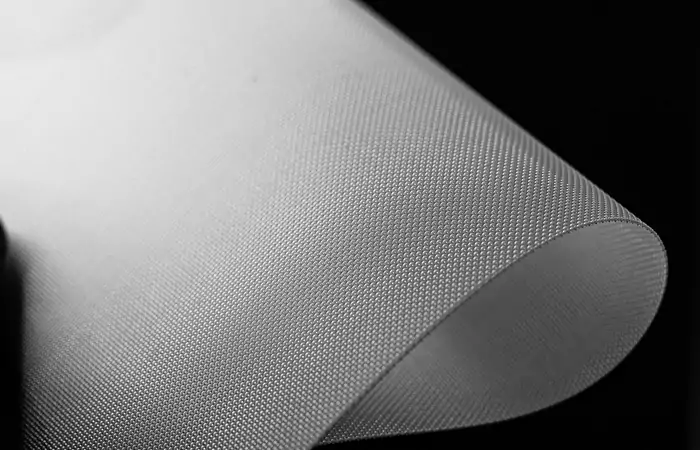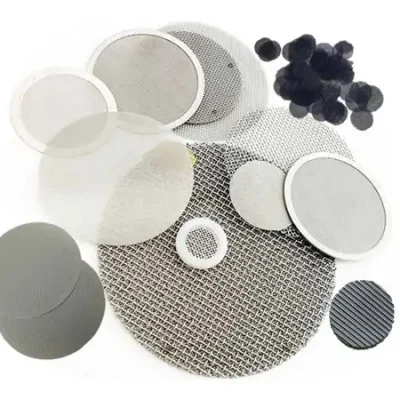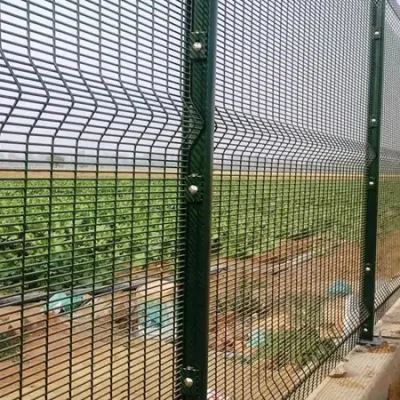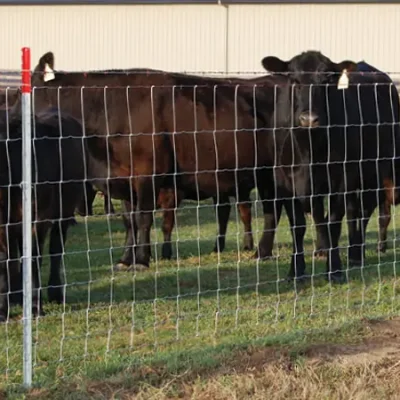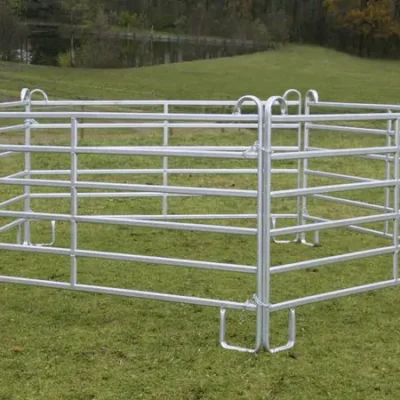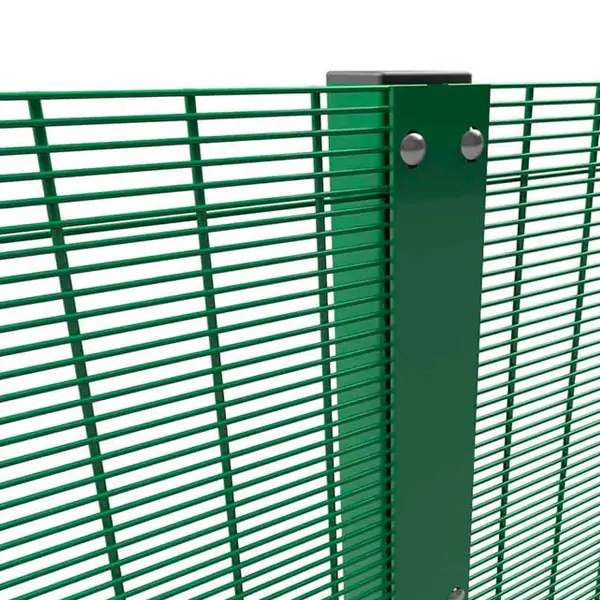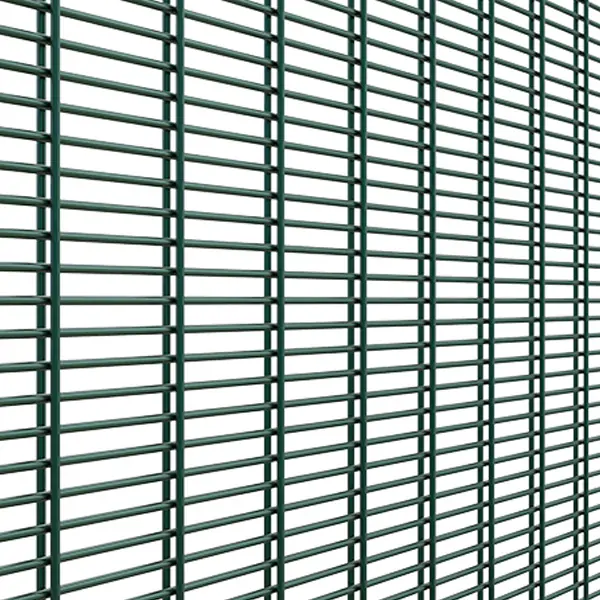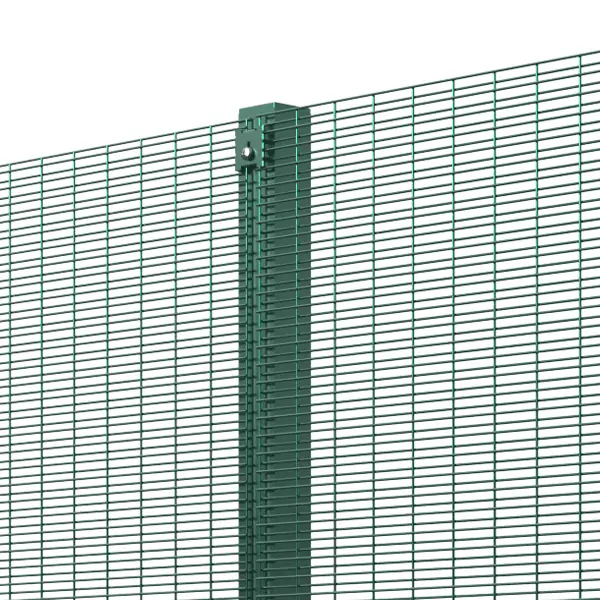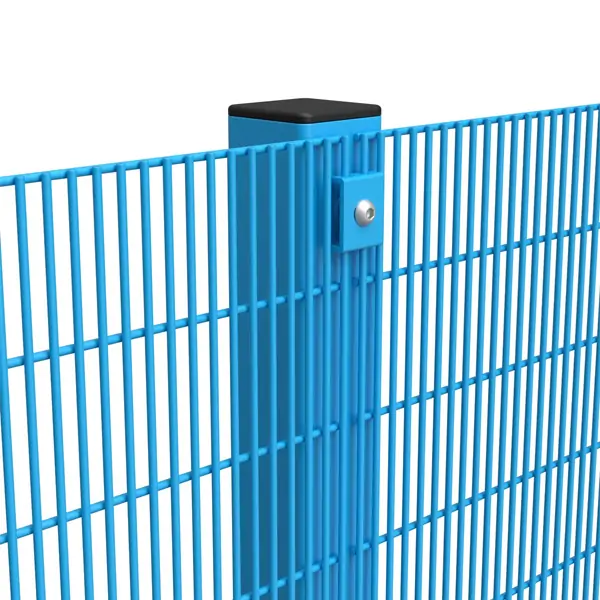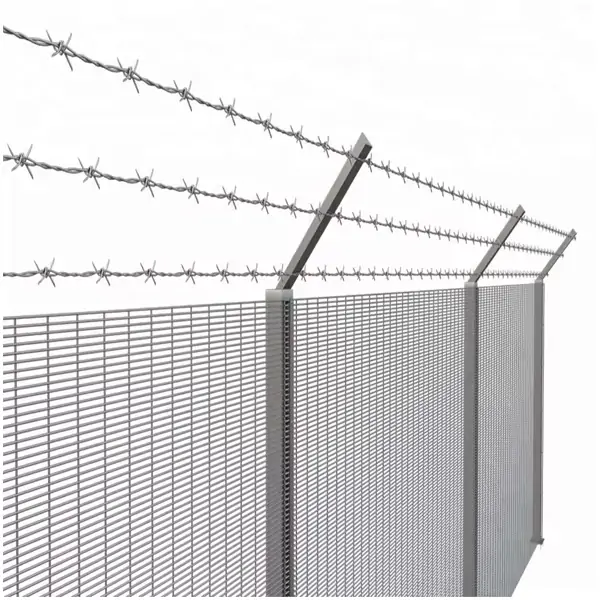In industries where separating solids from liquids is crucial, belt filter cloths are essential components of efficient filtration systems. With numerous types of materials and specifications available, choosing the right belt filter cloth can enhance productivity, reduce costs, and ensure environmental compliance. This guide explores everything you need to know about belt filter cloths, from their types and benefits to industry-specific recommendations and maintenance tips, helping you make the best choice for your operational needs.
Table of Contents
ToggleWhat is a Belt Filter Cloth?
Belt filter cloths are permeable fabrics designed for separating solids from liquids in filtration processes. Typically used in industries like mining, chemical processing, food production, and wastewater treatment, these cloths allow for the efficient removal of impurities, making them vital for product quality and environmental compliance. Belt filter cloths differ from other types of filters due to their adaptability to continuous processes and high filtration efficiency.
Key Benefits of Using Belt Filter Cloths
Opting for a high-quality belt filter cloth can bring multiple benefits to an industrial operation:
- Enhanced Efficiency: A suitable filter cloth ensures optimal separation, reducing downtime and improving throughput.
- Cost-Effectiveness: Quality materials last longer, leading to reduced replacement costs and maintenance expenses.
- Environmental Impact: Efficient filtration minimizes waste and energy use, aiding in regulatory compliance and sustainability goals.
Types of Belt Filter Cloths
Understanding the types of belt filter cloths can help you select one that matches your industry needs. Here’s a breakdown of the primary classifications:
a. Material Types
- Polyester: Durable and resistant to most chemicals, polyester is commonly used for its balance of strength and affordability.
- Polypropylene: Known for its chemical resistance and low density, this material is ideal for industries handling harsh chemicals.
- Nylon: With high tensile strength, nylon is suited for demanding filtration applications but may be less resistant to chemicals.
b. Weave Patterns
The weave pattern of a belt filter cloth affects its filtration capabilities and durability:
- Plain Weave: Offers a tight, consistent filtration layer, ideal for fine filtration.
- Twill Weave: Provides higher durability, making it suitable for high-abrasion applications.
- Satin Weave: Known for its smoother surface, often used when product release is a priority.
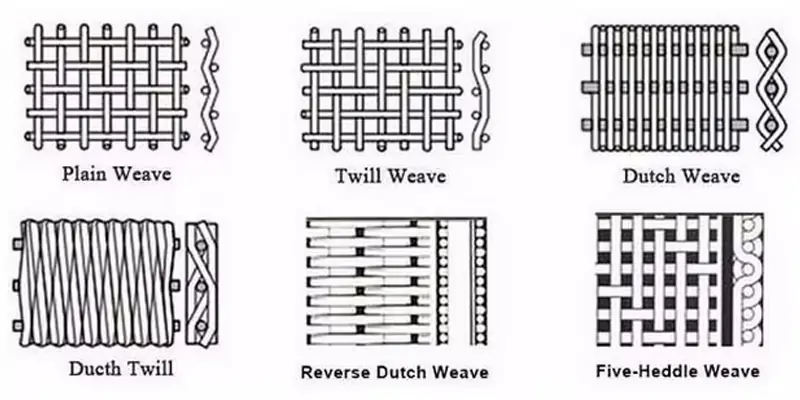
Key Factors to Consider When Choosing a Belt Filter Cloth
Selecting the right belt filter cloth involves evaluating several factors to ensure optimal performance:
a. Filtration Requirements
Consider the particle size and slurry composition. Fine particles require a tightly woven cloth, while coarse particles can use a more open weave.
b. Temperature and Chemical Resistance
If your process involves high temperatures or exposure to chemicals, ensure the cloth material is compatible with these conditions to avoid degradation.
c. Durability and Lifespan
A durable belt filter cloth can withstand abrasive materials and high pressures, extending the cloth’s lifespan and reducing replacement costs.
d. Cost-Effectiveness and Maintenance
While some cloths may have a higher upfront cost, their longevity and reduced maintenance needs can provide cost savings in the long run.
Industry-Specific Recommendations
Different industries have unique requirements for belt filter cloths. Here are some tailored suggestions:
a. Mining and Minerals
In mining, where slurries are abrasive and high in solids, a polypropylene or nylon cloth with a twill weave may offer the best balance of durability and filtration efficiency.
b. Chemical Processing
Industries dealing with aggressive chemicals should consider polyester or polypropylene cloths for their high chemical resistance and stable filtration performance.
c. Food and Beverage
For industries requiring food-safe materials, opt for FDA-approved polyester cloths with easy-clean properties to maintain hygiene standards.
d. Water Treatment
Water treatment processes require a belt filter cloth that can handle large particles and frequent cleaning cycles. Polyester with an open weave is often a good choice for this application.

Comparison of Top Belt Filter Cloth Brands
To help narrow down your options, here’s a brief overview of some leading brands in belt filter cloth manufacturing. Each brand offers unique strengths suited to different industry needs, from specialized materials to custom design capabilities.
| Brand | Strengths | Notable Applications |
|---|---|---|
| JINSHI | High durability materials | Mining, chemicals |
| QunKun | Cost-effective solutions | General industries |
| YESON | Custom designs available | Specialized applications |
How to Properly Install and Maintain Belt Filter Cloths
Ensuring your belt filter cloth is correctly installed and well-maintained is essential for maximizing its lifespan and performance:
a. Installation Tips
- Make sure the cloth fits tightly to prevent leaks.
- Follow the manufacturer’s installation guidelines to avoid damage.
b. Maintenance Best Practices
- Clean regularly to avoid clogging.
- Inspect frequently for wear and tear, especially in high-abrasion environments.
Common Problems with Belt Filter Cloths and Solutions
Even with careful selection, issues may arise. Here are some common problems and troubleshooting solutions:
- Clogging: Regular cleaning and backwashing can help keep the cloth unclogged.
- Tears: Inspect the cloth frequently and replace when necessary to avoid performance drops.
- Reduced Filtration Quality: Check for wear and ensure the cloth fits properly without gaps.
Conclusion
Choosing the right belt filter cloth for your industry is crucial for maintaining productivity, reducing operational costs, and meeting regulatory standards. This guide aims to provide you with the knowledge necessary to make an informed decision based on your specific requirements. Share this guide with industry peers to help them select the ideal belt filter cloth for their operations.
FAQ: Choosing and Using Belt Filter Cloths
Q: How do I know which material is right for my industry?
A: Consider your industry’s specific needs for chemical resistance, durability, and particle size to select an appropriate material.
Q: How often should I replace my belt filter cloth?
A: Replacement frequency varies by application and cloth quality; high-durability materials generally last longer but should be inspected regularly.

